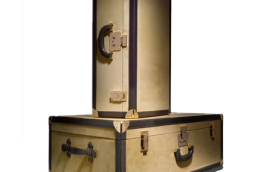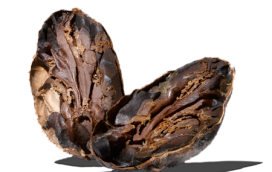
This year marks 100 years since Peter Carl Fabergé, goldsmith to the Russian Imperial Court, delivered his last Fabergé Imperial Egg. The Russian Revolution brought an abrupt end to the House of Fabergé, with the artist-jeweler and his family forced to flee Russia. Founded in 1842, the House was famed for the series of Imperial Easter Eggs created for the Russian Imperial Family between 1885 and 1917. The first, the Hen Egg, was commissioned by Tsar Alexander III in 1885 as a surprise for his wife. Crafted from gold, it contained a golden hen and a tiny diamond replica of the Imperial Crown, its presentation inaugurating an annual event that continued for 31 years. In 2007 the company was reborn, crafting exquisite jewelry and watches. Of the 50 eggs Fabergé made for the Russian Imperial Court, 43 have survived, and now the company has revived the tradition, launching a series of Fabergé Four Seasons Eggs. The four-inch-high Winter Egg pictured comprises 6,676 diamonds and 44 aquamarines, and opens to reveal a bespoke jeweled surprise. Definitely a gift fit for an empress. faberge.com


